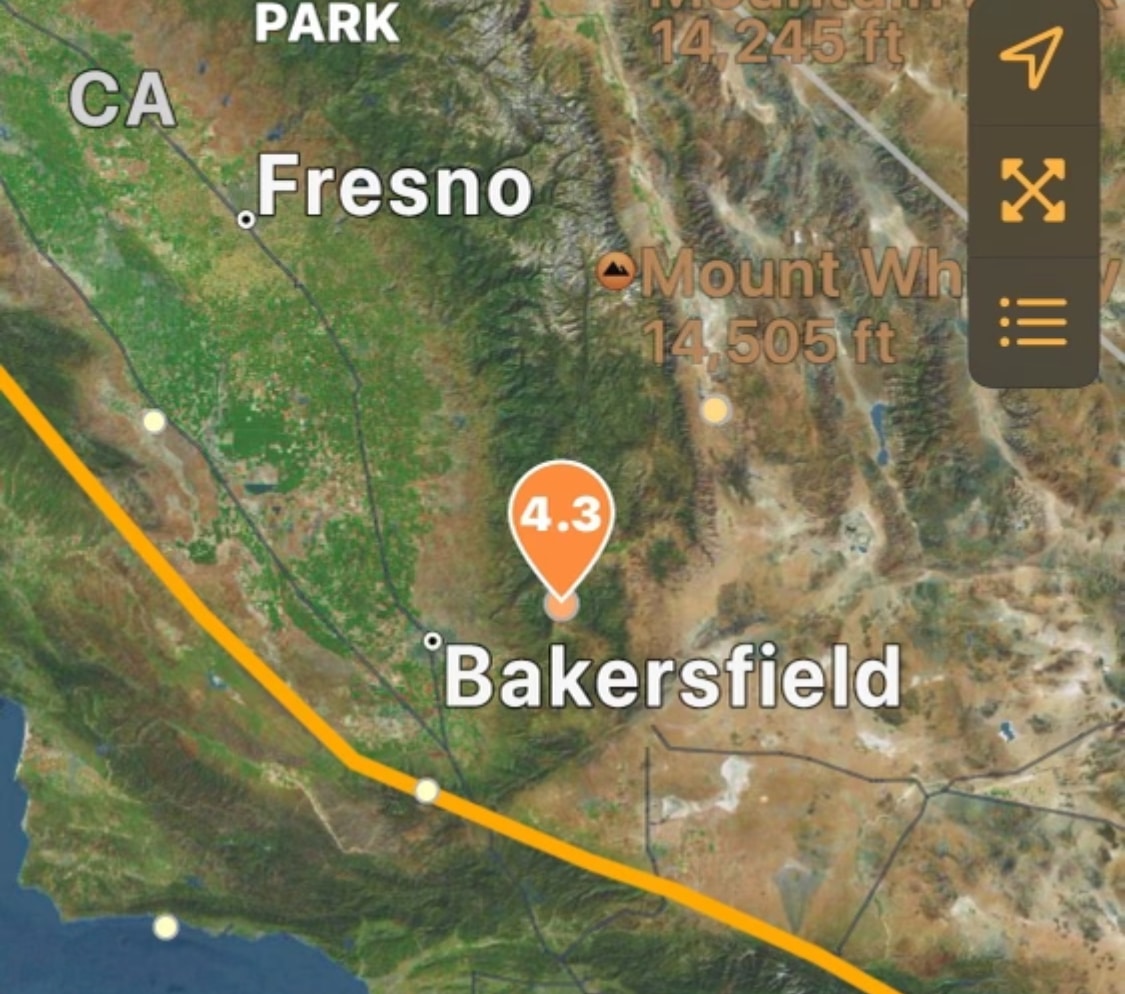Scientists have detected sounds high in Earth’s atmosphere that can’t be identified. A solar-powered balloon mission launched by researchers from Sandia National Laboratories carried a microphone to a region of Earth’s atmosphere found around 31 miles (50 km) above the planet called the stratosphere.
According to Space.com, This region is relatively calm and free of storms, turbulence and commercial air traffic, meaning microphones in this layer of the atmosphere can eavesdrop on the sounds of our planet, both natural and human-made.
However, the microphone in this particular study also heard strange sounds that repeat a few times per hour. Their source has yet to be identified. The sounds were recorded in the infrasound range, meaning they were at frequencies of 20 hertz (Hz) and lower, well below the range of the human ear.
“There are mysterious infrasound signals that occur a few times per hour on some flights, but the source of these is completely unknown,” Daniel Bowman of Sandia National Laboratories said in a statement.
To gather acoustic data from the stratosphere, Bowman and the team used devices initially designed to monitor volcanoes called microbarometers that are capable of detecting detect low-frequency sounds. Along with the expected natural and man-made sounds, the microbarometers detected the mysterious repeating infrasound signals.
The sensors were carried aloft by balloons that Bowman and fellow researchers built. Featuring diameters between 20 and 23 feet (6 and 7 meters), the balloons were built from common and inexpensive materials. Powered by sunlight, these deceptively simple devices were able to climb to altitudes of around 70,000 feet (13.3 miles) over Earth.
“Our balloons are basically giant plastic bags with some charcoal dust on the inside to make them dark,” Bowman said. “We build them using painter’s plastic from the hardware store, shipping tape, and charcoal powder from pyrotechnic supply stores. When the sun shines on the dark balloons, the air inside heats up and becomes buoyant.”
Bowman explained that this passive solar power is enough to propel the balloons from the surface of the planet to the stratosphere. After launch, the balloons were tracked using GPS, something that the team had to do because balloons can often fly for hundreds of miles and may land in difficult-to-navigate regions of the planet.

















